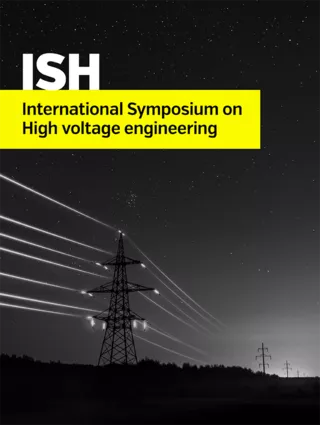Summary
Composite dielectrics are commonly used in high voltage insulation systems due to their promising mechanical and electrical characteristics as well as their robustness against chemical and thermal stresses. The existence of voids and cavities inside the composite dielectrics is a common weak point of these materials, which could cause internal partial discharges and further failures. Recently more insulation failures in the composite insulation systems have been reported; remarkable points about the failures are temperature dependency and especially dependency of partial discharge activities to the temperature. In this paper, the existing mathematical model of partial discharge for AC systems has been improved by taking the effect of temperature into account and a physical model of partial discharge for combined AC/DC systems is presented. In order to do experimental investigations on the samples, it is necessary to provide high electric field inside the dielectric materials. Therefore, new electrodes have been developed made by silicone based conductive material and some experimental tests have been performed on specimens, at different temperatures under AC and combined AC/DC voltages. The effects of temperature on partial discharge activity inside voids in composite systems are studied. The results show a dependency of partial discharge activities on the temperature, but different trends for AC and combined AC/DC field stress could be seen.
Additional informations
| Publication type | ISH Collection |
|---|---|
| Reference | ISH2017_360 |
| Publication year | |
| Publisher | ISH |
| File size | 1 MB |
| Pages number | 6 |
| Price for non member | Free |
| Price for member | Free |




